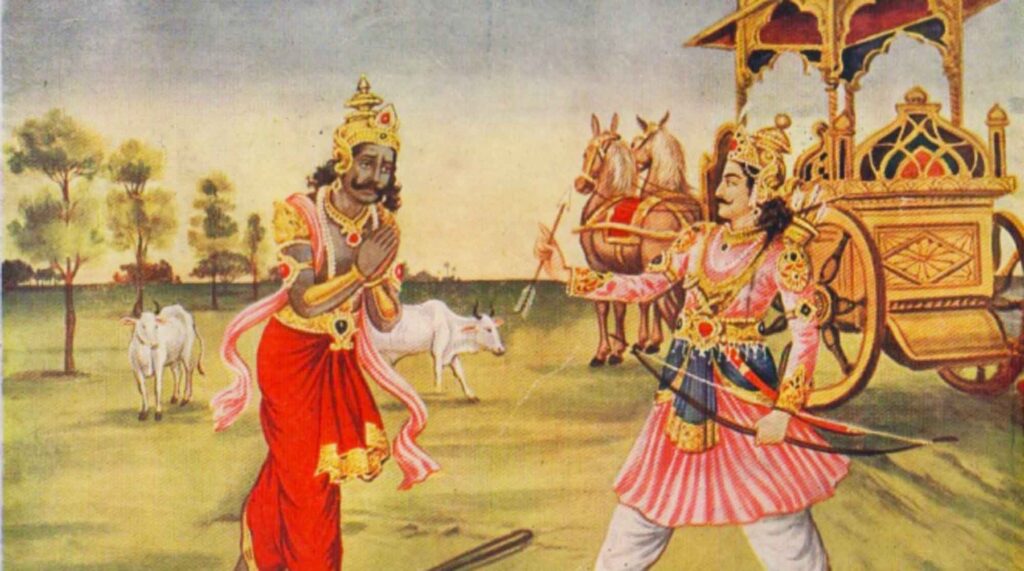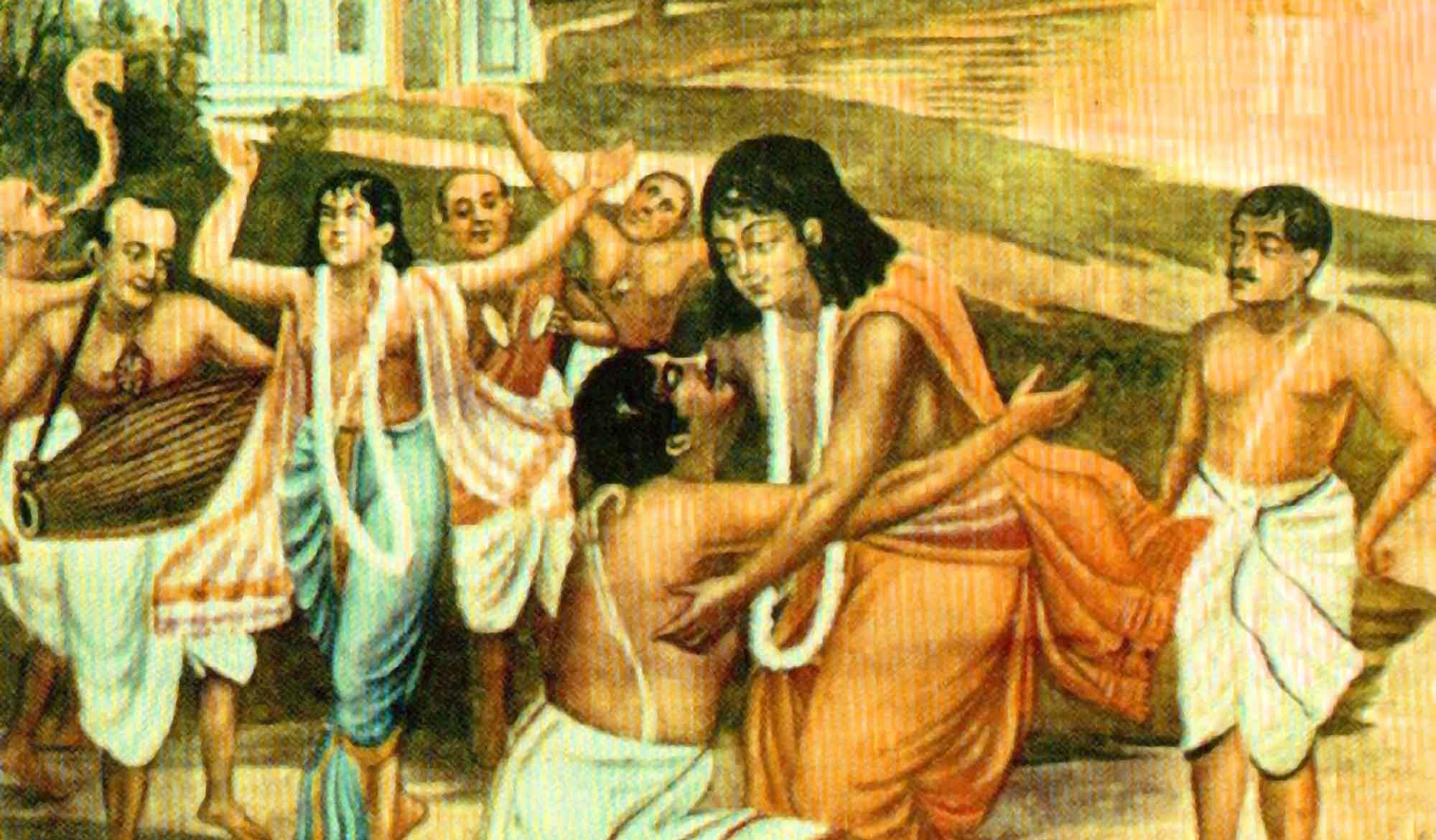Overview
‘Śrī Śyāmānanda Gosvāmī’ was published in Sajjana Toṣaṇī, Vol.2, Issue 6 in 1885. Ṭhākura Bhaktivinoda gives a brief biography of Śyāmānanda Gosvāmī and finally calls upon the devotee community to give support so that Sajjana Toṣaṇī magazine may continue to publish the glories of great Vaiṣṇava personalities.
(translated by Swami B.V. Giri)
This edition’s name is ‘The Śyāmānanda Edition.’ The observance of Śyāmānanda Gosvāmī’s disappearance is on Wednesday 4th of the month of Aṣāḍha this year. Śyāmānanda was born on the full moon day of the month of Caitra in the Karaṇa Dynasty in the village of Daṇḍakeśvara in the province of Utkāla (Orissa).(1) He stayed at home from childhood to adolescence, leaving home as a young man and taking shelter of renunciation. Observing his renunciation, the devotees of Lord Śrī Śrī Gaurāṅga, gave him the name, Duḥkhī Kṛṣṇa Dāsa. Understanding that bhajana is fruitless without initiation, he took dīkṣa from Śrī Hṛdaya-Caitanya, the beloved disciple of the Lord’s associate, Śrī Gaurī Dāsa Paṇḍita. (2)
After receiving dīkṣā and knowing that it is one’s duty to serve the guru, he stayed in the presence of the guru for some time and served him, and with the permission of the guru, went to visit Śrī Vṛndāvana. (3) After coming to Vṛndāvana, he soon received the special mercy of Śrī Raghunātha Dāsa Gosvāmī and other Prabhupādas. (4)
Śyāmānanda’s endeavours in renunciation were extremely wonderful. Everyone was struck with wonder by observing his strict vairāgya. He joined with Ācārya Śrīnivāsa, Ṭhākura Narottama and others, and he remained in Bengal for a long time, delivering many foolish atheists by propagating śrī-kṛṣṇa-bhakti. All these topics are beautifully described in the Vaiṣṇava texts. It is our great desire to publish and spread the glories of all these mahā-puruṣas (great personalities). But we have no way to fulfill that desire; this is because Sajjana Toṣaṇī – she is a beggar with a very frail body. If the devotee community ever nourishes this beggar, then our wish will be fulfilled.
(1) Caitra pūrṇimāte janmilena śyāmānanda (‘Śyāmānanda was born on the Caitra Pūrṇimā’ – Bhakti-ratnākra)
(2) Hṛdaya-caitanya ṭhākurera śiṣya haila (‘He became the disciple of Hṛdaya Caitanya Ṭhākura.’ – Bhakti-ratnākra)
(3) Calilena vṛndāvana iṣṭa-ājñā paiyā (‘He went to Vṛndāvana with the permission of his worshippable guru.’– Bhakti-ratnākra).
(4) Śrī-dāsa gosvāmī ati anugraha kailā (‘Śrī Dāsa Gosvāmī gave great mercy.’ – Bhakti-ratnākra)













